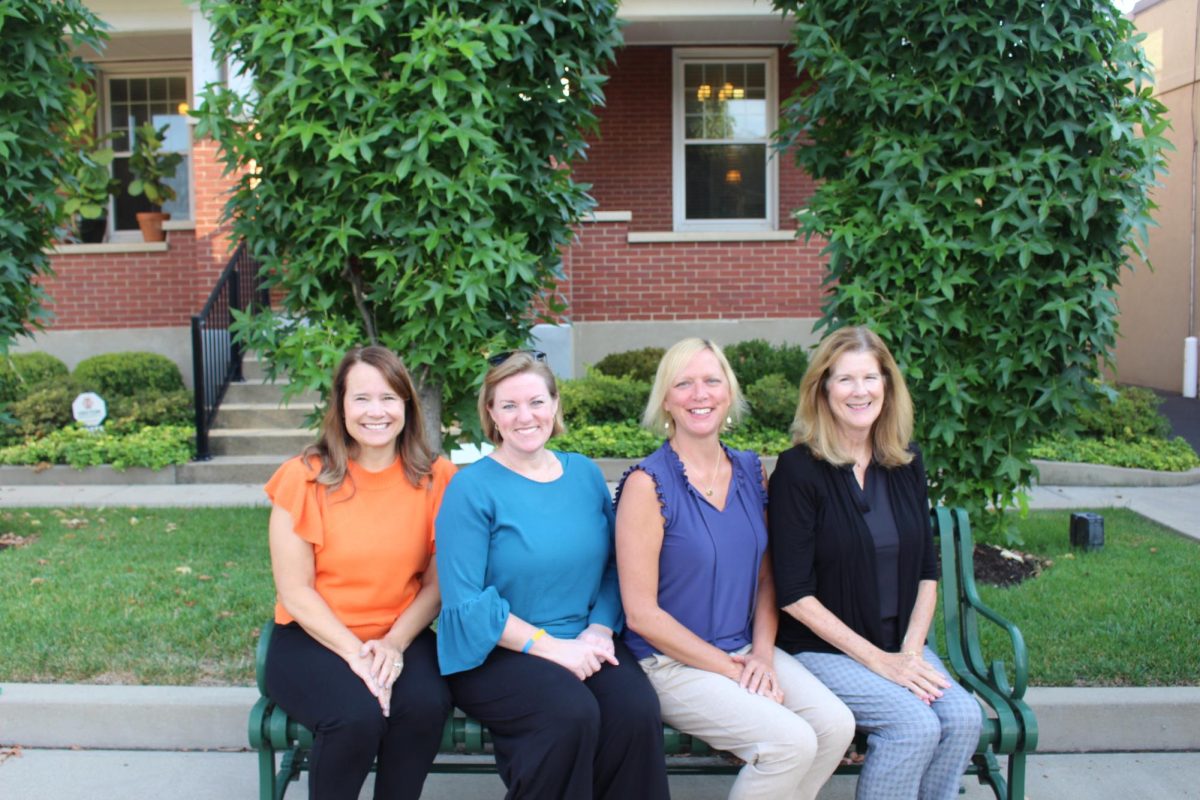Many people assume that obsessive-compulsive disorder explains Johnny’s neat stack of books, Sandy’s regular use of hand sanitizer, or little Jordan’s frustration over how you handle his things. But OCD does not necessarily apply to someone with a neat stack of books; it is a serious disorder characterized by severe obsessions, anxiety, and odd, often over-the-top, compulsions.
OCD is defined as “an anxiety disorder; people with OCD experience either obsessions or compulsions or both, and these symptoms cause significant distress or affect their ability to function in their daily lives,” according to “OCD: A Guide for The Newly Diagnosed” by Dr. Michael Tompkins.
Dr. Joseph Edwards, a psychologist at the University of Louisville’s Division of Child Psychiatry and Behavioral Sciences, explained the connection between distress and behavior. He said, “Compulsive behavior, or rituals, are ways that an individual attempts to decrease their level of personal distress. An example of an obsession might be the fear that a person has about developing a specific illness, and the compulsive ritual that develops might involve compulsive hand washing.”
OCD is a disorder that occurs in two percent of the world’s population and has been known in the field of medicine for at least 100 years, according to Edwards, who said
there are five common forms of OCD. First is contamination, or fears of dirt, germs and various kinds of toxins that can cause a ritual that leads to excessive washing. Second is doubting and checking, or fears of having caused harm to someone or their things due to negligence. This often leads to a ritual of compulsively checking locks, appliances or possible victims.
Inappropriate thoughts or fears of acting extremely inappropriate by committing shameful acts is a third form. This may lead to acts that cause people to engage in various rituals to stop themselves from losing control. Fourth is symmetry, or discomfort with asymmetry or things out of place. This leads to a compulsive need to have everything arranged “just so.”
The fifth form of OCD is superstitions, or fears about anything related to death, which lead to avoidance of the superstitions or attempts to neutralize their supposed effects.
OCD can have severe impact on home, school and work life, but may be difficult to detect at times. “It is a serious issue,” said Ms. Mary Ann Hall, teacher and Learning Support Program director at Trinity High School. “If an individual isn‘t having an episode, they are completely normal.”
“The OCD, like most disorders, can be mild, moderate or severe. In a severe form, it is disabling, with a person not being able to leave their home in fear of coming into contact with an obsession, that can trigger their need to engage in a ritual/compulsion,” Edwards said. “At a mild level, a person may have hundreds of intrusive obsessions throughout the day but still manage to get through their day and even complete their work.”
Hall said Trinity can work with students whose OCD is “mild to moderate. Students have to be able to fare in this school environment with minimal support.”
At a physical level, OCD is thought to be affected by serotonin levels in the brain. Individuals who develop OCD may also have a history of anxiety disorders.
While OCD symptoms sometimes occur in childhood, they usually form in late adolescence and usually begin by 30 years of age.
Research has discovered two things that make changes in how the brain works when it comes to OCD, according to Edwards. A behavior therapy called “exposure and response prevention” and SSRI (selective serotonin re-uptake inhibitors) medications can cause changes to serotonin levels.
“SSRIs are a class of compounds typically used as antidepressants in the treatment of anxiety disorders, depression and some personality disorders,” Edwards said. “SSRIs are thought to increase the extra cellular level of the neurotransmitter serotonin by inhibiting its re-uptake into the presynaptic cell, resulting in an increase of the level of serotonin in the synaptic cleft available to bind to the postsynaptic receptor.”
Put simply, SSRIs help to conserve serotonin, a substance in the brain that serves to prevent the brain’s alert system from becoming too intrusive, and help strengthen resistance to compulsions. Serotonin helps block the signals in the brain that eventually lead to rituals.
“Exposure and response prevention is a technique of confronting the OCD fears without engaging in a ritual,” Edwards said. “The goal of this approach is to gradually and systematically expose the person to what they fear without avoiding, running away or engaging in a ritual.”
The exposure and response prevention engages the patient in habituation. Habituation, according to Edwards, “is the process in which one learns that one‘s anxiety level does not stay elevated but drops when one is able to confront their fear.”
Though OCD may be severe and may become a large part of an individual’s life in even the most moderate cases, it can be treated. “Often the first step involves reading a self-help book or an article on OCD that discusses what OCD is and how medication and exposure response prevention can help,” Edwards said. “Next, one will seek the input of their primary care doctor or pediatrician to get a referral to a mental health professional who has experience in treating OCD.”







